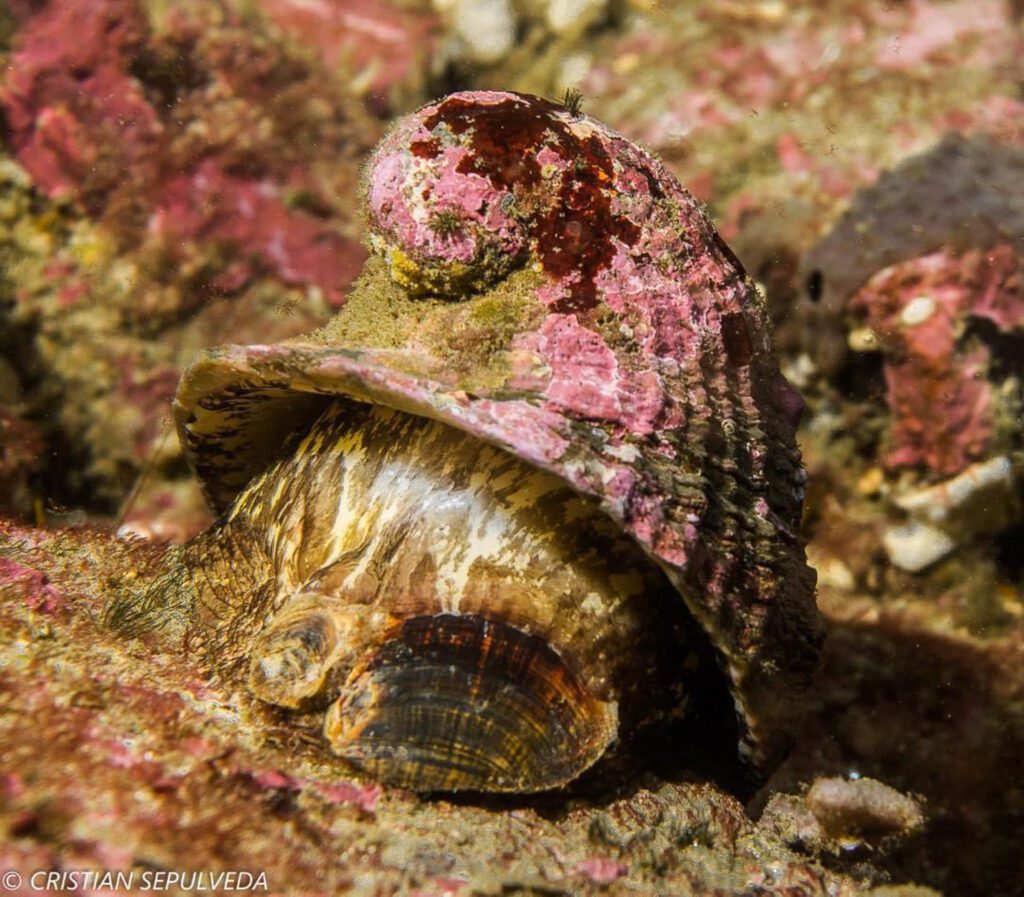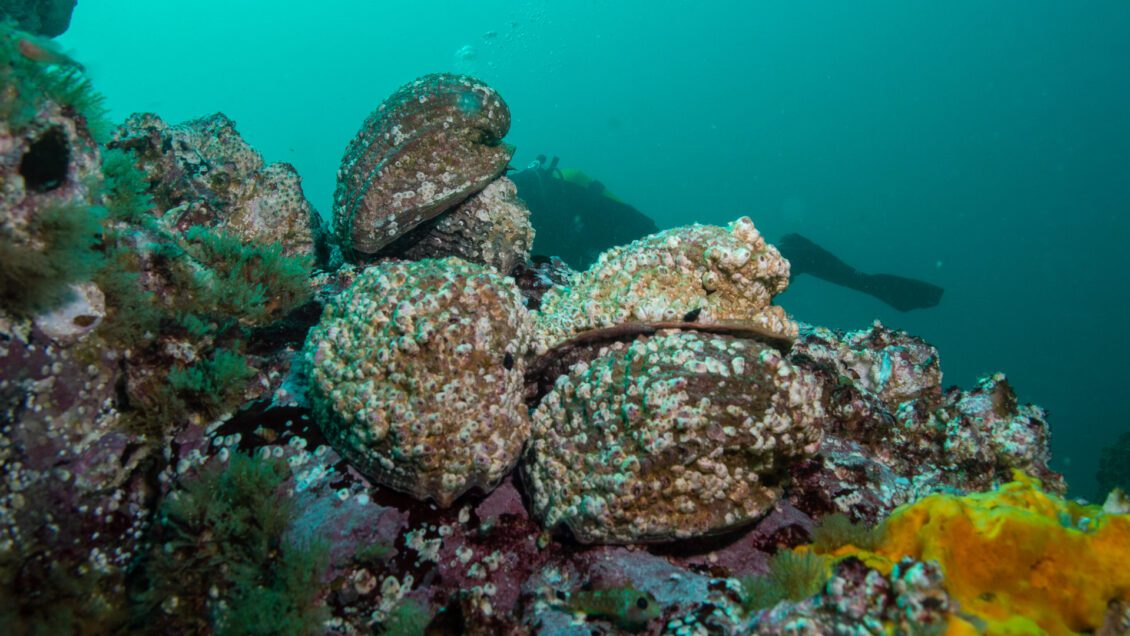The Chilean abalone (Concholepas concholepas) wasn’t the prettiest finalist for the 2023 International Mollusc of the Year. But it is likely the tastiest.
That could be why the large edible sea snail nominated by Clemson University Department of Biological Sciences Associate Professor Antonio Baeza received around 42 percent of the public votes cast for the 2023 International Mullosc of the Year.
Or maybe it was the Chilean abalone’s potential immunotherapeutic effects against some types of cancer because of the oxygen transporter hemocyanin that is in its blood.

Perhaps it was the support Baeza drummed up for the large, carnivorous limpet with a heavy shell from the Clemson community, appealing to Tigers near and far to cast their ballots as a vote for the University’s global impact.
“It feels great. As you can understand, the ‘loco’ is not the most attractive mollusc,” Baeza said, “although I guess it must be way more tasty than a sea slug.”
Whatever the reason, the Clemson-nominated snail handily won the competition sponsored by the LOEWE Centre for Translational Biodiversity Genomics. Because of its victory, the Chilean abalone, which is also known as the “loco,” will have its genome sequenced by LOEWE BTG and the Baeza lab. Baeza said sequencing the genome of this marine snail could help scientists understand how marine invertebrates deal with heavy fishing and tolerate polluted environments at the molecular level. Relatively few mollusc species have had their genome sequenced.
Cultural and scientific significance
The “loco” has important cultural, social, economic, evolutionary and ecological roles in its native Chile and Peru.
The Chilean abalone is a top predator in the communities in which it lives and is considered one of several keystone species that control the abundance of other species. It is also one of the main species targeted by territorial use rights in fisheries that support artisanal fishers in Chile.
They live in intertidal and shallow subtidal rock habitats and are often found living among holdfasts in kelp forests or in encrusting communities composed of mussels or barnacles.
They resemble abalone from the west coast of the United States and Mexico, reaching up to eight inches in shell length. It has a large foot and a rugged shell.

The “loco” has been a food source for humans for more than 5,000 years, Baeza said.
Fished intensively
“It has been fished intensively, up to the point of overexploitation, for more than half a century,” he said. “There are local villages that depend on these fisheries.”
Some species live in heavily polluted coastal areas.
The International Mollusc of the Year competition was started in 2020 by the Senckenberg Society for Nature Research, LOEWE TBG and the International Society for Mollusc Research to raise awareness and protect the rich diversity of molluscs around the world.
Molluscs are the second-largest group of invertebrates behind arthropods. Molluscs include snails and slugs, mussels and clams, octopus and squid, as well as tusk shells, chitons, monoplacophorans and worm-molluscs. Around 85,000 extant species are recognized.
The other finalists were the thick-horned nudibranch, the giant deep-sea oyster, the wavy bubble snail and the leopard slug.
Get in touch and we will connect you with the author or another expert.
Or email us at news@clemson.edu

